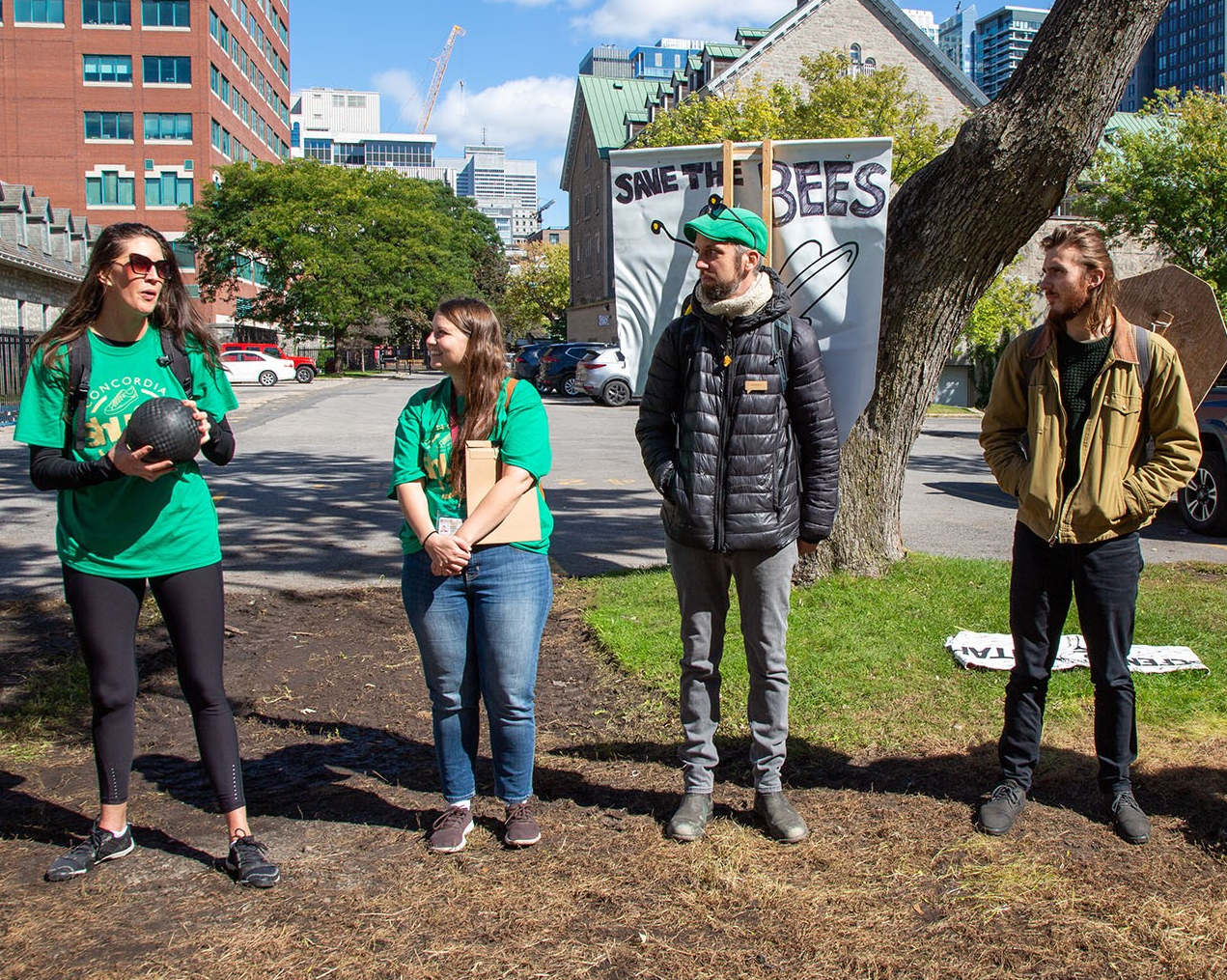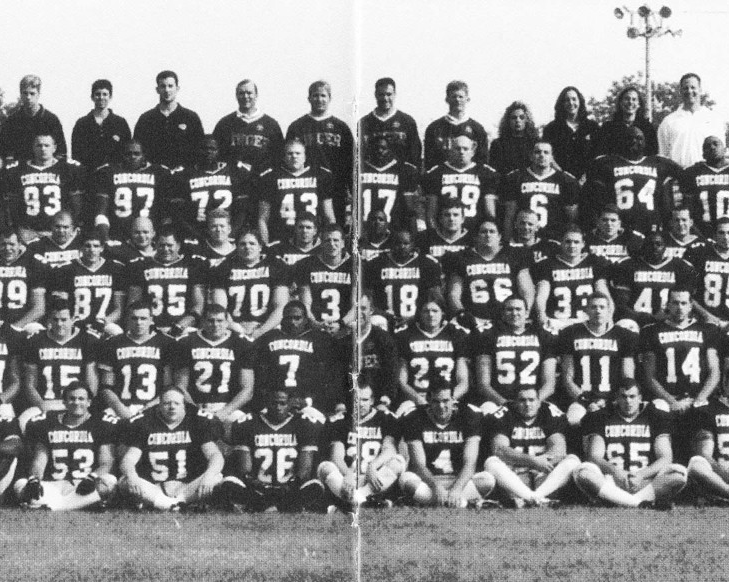Artist and Concordia grad Rafael Lozano-Hemmer shines a light on the U.S.-Mexico border
 Rafael Lozano-Hemmer, “BorderTuner”, 2019. Photo by Monica Lozano
Rafael Lozano-Hemmer, “BorderTuner”, 2019. Photo by Monica Lozano
“The United States-Mexico border is a site that often gets described alongside violence and humanitarian crises, which, of course, are real. But what is also real, is that you have hundreds of years of co-existence and interdependence,” says Rafael Lozano-Hemmer, BSc 89, a Concordia alumnus who develops installations that live at the intersection of architecture and performance art.
Lozano-Hemmer’s latest, “BorderTuner”, which ran for 11 days last November, illuminated the reciprocity between El Paso, Texas and Ciudad Juárez, Chihuahua.
“These two communities are sister cities and form the largest bi-national metropolis in the Western Hemisphere,” says the Montreal-based, Mexico City-born artist. “You have connections that are historic, fraternal, economic, social, environmental.”
“BorderTuner” was designed to foster communication between residents on both sides of the border. The installation consisted of six interactive stations — three in El Paso and three in Ciudad Juárez — equipped with a microphone, a speaker and a large wheel or dial that participants used to control powerful searchlights. When any two “bridges of light” intersected, it automatically opened a line of communication that enabled participants to dialogue.
‘You can be creative in science, but it takes more than a degree’
Lozano-Hemmer emigrated from Mexico City to Canada in 1985 to attend university and eventually completed his Bachelor of Science in physical chemistry from Concordia. After graduation, he realized he was more attracted to the art world than to a scientific career.
“I realized you can be creative in science, but it takes much more than just a bachelor’s degree,” he says. “In the art world, everything is a little bit more fluid, dynamic, interdisciplinary — it’s more chaotic and that fit my personality better.”
Concordia’s academic versatility allowed Lozano-Hemmer to minor in art history.
“I think the most important thing about Concordia is its commitment to interdisciplinary studies,” he says. “Concordia, in my experience, is very open to connections between disciplines, which is a world-class accomplishment.”
Lozano-Hemmer fondly recalls art history professors such as Lorne Falk, Olivier Asselin and Christine Ross who had a huge influence on him.
 Rafael Lozano-Hemmer, BSc 89 | Photo: courtesy Rafael Lozano-Hemmer
Rafael Lozano-Hemmer, BSc 89 | Photo: courtesy Rafael Lozano-Hemmer
Since the outset of his art career, Lozano-Hemmer has had exhibitions all over the world, including in France, Austria, Japan, Canada, Argentina, Australia and South Korea. His newest project of media installations titled “Unstable Presence” will be exhibited at the San Francisco Museum of Modern Art from April 25, 2020 to November 1, 2020.
‘Racist and unjust’
“I’m a Mexican migrant in Canada and even though the conditions of my migration were completely different from the grueling stories you hear now with refugees and caravans, I can’t help but be affected by the adversarial, racist, unjust and violent conditions that are taking place right now on the U.S.-Mexico border,” says Lozano-Hemmer about what inspired “Border Tuner”.
In his preliminary research for the project, Lozano-Hemmer discovered that the reality of daily life in El Paso and Ciudad Juárez was quite different from the narratives we repeatedly hear about the region.
“What I learned is that people like myself, from afar, want to speak about the border with a lot of misconceptions,” he says. “But the reality is that there’s a lot of complexity and it’s best to listen. So, I wanted to create a platform for people to be able to tell stories that were different than the ones we often hear in the media and from the Trump administration.”
Over the course of the 11 nights that the interactive installation ran, more than 12,000 people participated. Special guests, from poets to beat-boxers and Indigenous speakers, were invited to use the searchlights for 30-minute performances. Otherwise, the searchlights and microphones were opened up to the public, without censorship or moderation.
“At one point people were being super funny, flirting or they were serenading each other, and then the next moment they were talking about loss and separation, deportation or about violence,” recalls Lozano-Hemmer.
Although the installation is over, there are still other ways to see it. PBS will be featuring the project on its ART21 program in the upcoming months. Lozano-Hemmer is also working on creating a documentary about “BorderTuner”, which will shine a light on the history of the U.S.-Mexico border area and present many of the powerful conversations that were recorded during its run.
Visit bordertuner.net to learn more about the project and view photos and videos.


